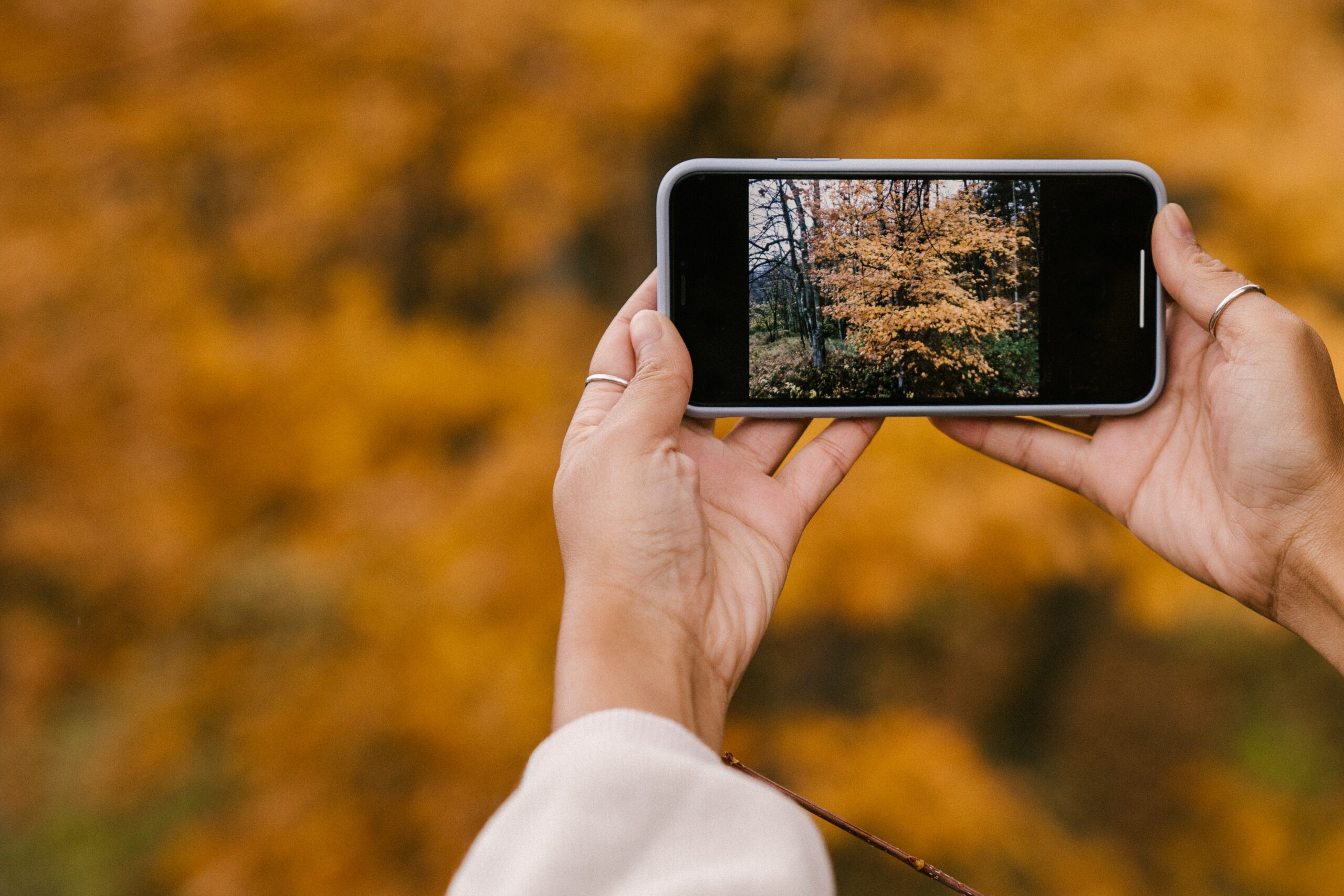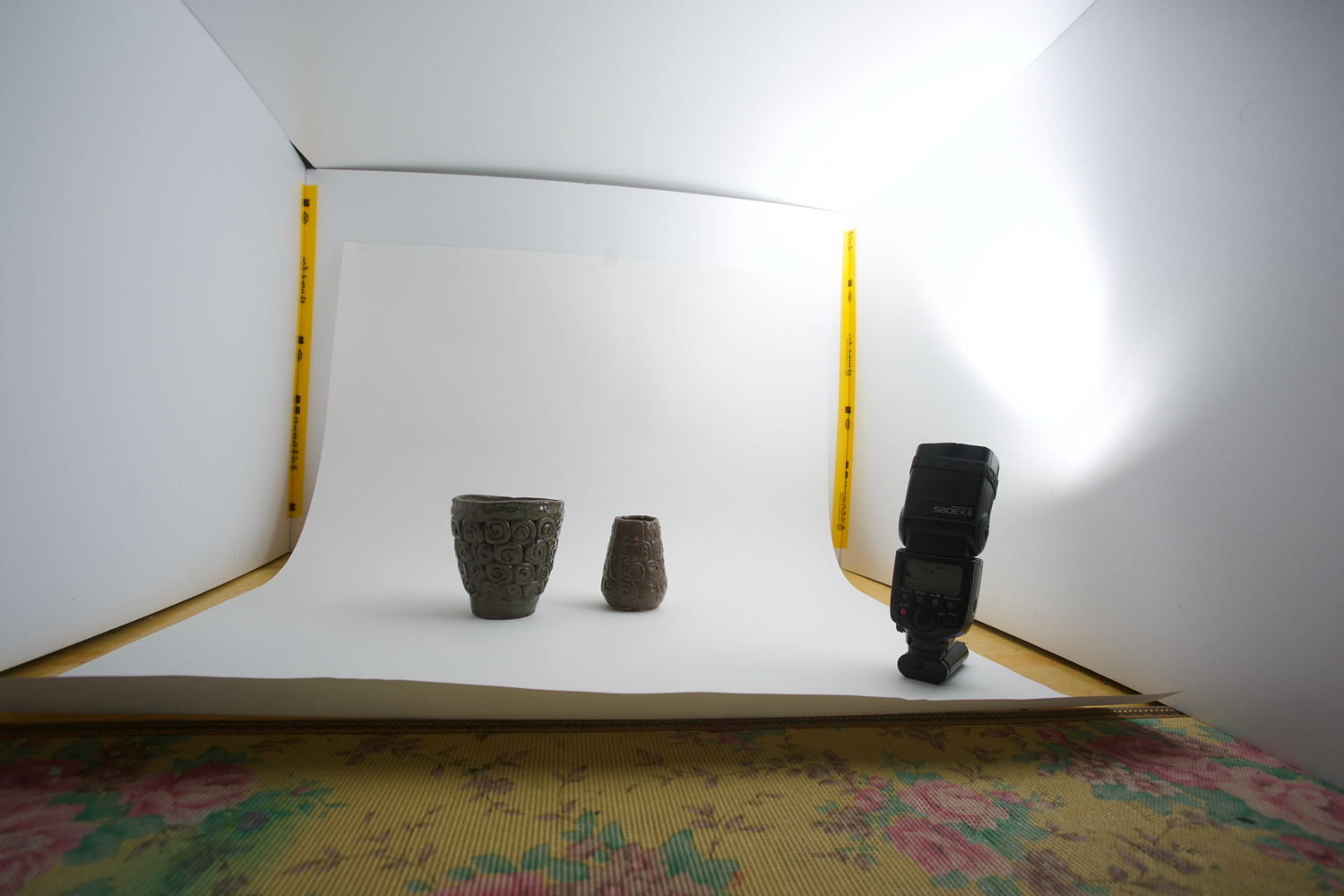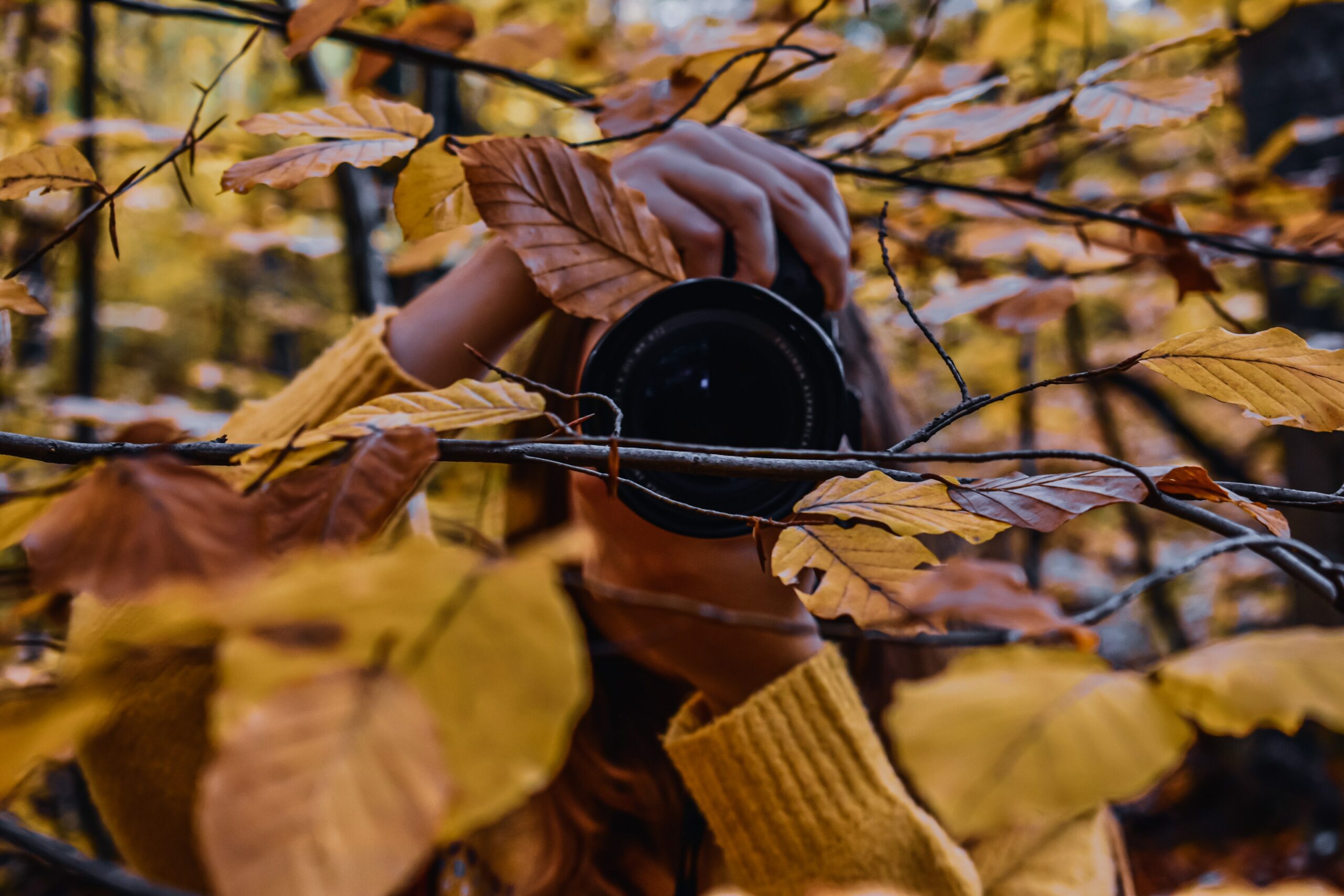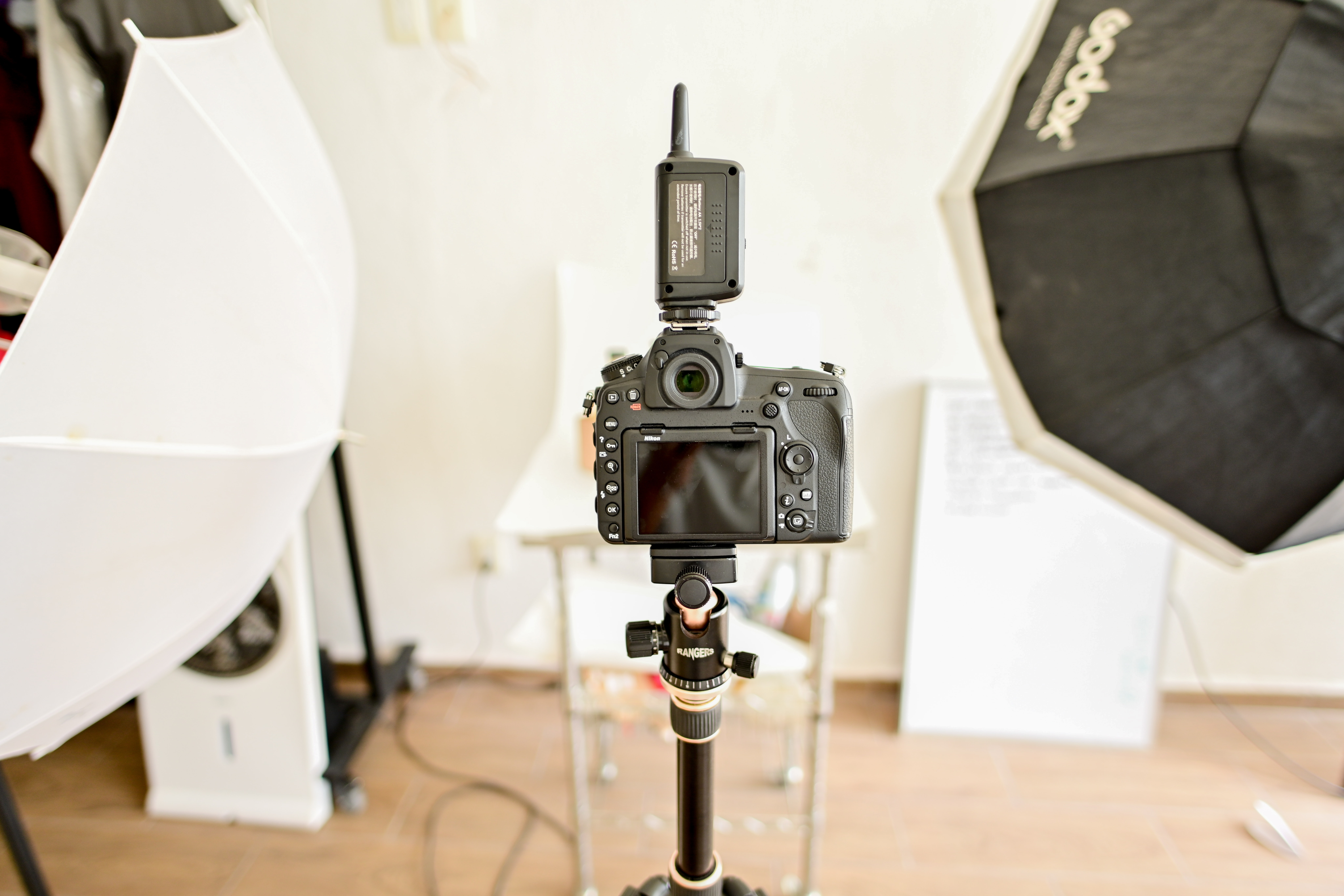Have you ever wondered how a single photograph can evoke such diverse emotions and visual experiences? The answer lies in the medium used in art photography – a secret ingredient that shapes the way an image communicates with its audience.
In the world of art photography, “medium” refers to the material and technique employed to capture and present an image. Whether it’s the classic black-and-white film, the vibrancy of digital pixels, or the vintage charm of cyanotype, the medium plays a pivotal role in defining the character and aesthetics of the photograph.
The choice of an artistic or photographic medium is a deliberate decision made by photographers or creative experts to align their creative intent with the visual outcome. Each medium offers a distinct palette of tones, textures, and emotions, allowing artists to express their visions in a unique and compelling manner.
The artistic medium influences not only the appearance but also the essence of the photograph. It can evoke nostalgia, enhance storytelling, or bring an abstract concept to life, giving photographs a deeper layer of meaning that resonates with viewers.
What Is A Medium In Art Photography?
In this exploration of the role of medium in art photography, we will walk into how different choices shape the photographic narrative and create captivating visual stories that leave a lasting impression on our hearts and minds.
Types of Mediums In Art Photography
Film Photography: Exploring the Digital Analog Medium
- The light-sensitive film is used to capture pictures in film photography. Black-and-white, colour negative, and slide films each have their own qualities and tonal ranges.
- Film photography is renowned for its unique grain structure, rich tones, and subtle nuances that provide photographs with a timeless and organic feel. It has a charm and richness that digital photography frequently aspires to match.
- Despite the widespread use of digital technologies, film photography has seen a revival among artists and enthusiasts. Its nostalgic appeal, artistic challenge, and tactile sensation continue to draw photographers looking for a deeper connection with their profession.
Digital Photography: Welcoming the Technological Advancements
- Electronic sensors are used in digital photography to collect and transform light into digital data. It has transformed the industry by providing immediate results and a wide variety of creative options.
- Digital photography offers for instant feedback, convenient storage, and speedy image sharing. Its adaptability in terms of exposure, white balance, and post-processing allows photographers to fine-tune their artistic vision.
- Digital media allows for a wide range of post-processing and alteration techniques. Photographers may produce surreal, abstract, or hyper-realistic photographs by experimenting with various editing tools and software.
Alternative and Experimental Mediums: Breaking Boundaries in Art Photography
- Pinhole Photography: Pinhole photography is characterized by the use of a small, light-proof box with a tiny hole as the camera’s lens. This approach results in dreamy, soft-focus photographs that have a unique and surreal look.
- Cyanotype and Other Historic Photographic Techniques: Embracing ancient photographic techniques such as cyanotype, tintypes, and daguerreotypes gives photographers with distinct aesthetics and a link to photography’s roots.
- Mixed Media: Artists sometimes combine photography with painting, collage, or other artistic methods in mixed media, blurring the boundaries between photography and fine art and offering up new options for creative expression.
Finally, the many mediums of art photography provide photographers with a vast palette of options for crafting their aesthetic vision. Each media contributes to the ever-changing and lively world of art photography, whether through the timeless appeal of film photography, the ease of digital technology, or the experimental character of alternative techniques.
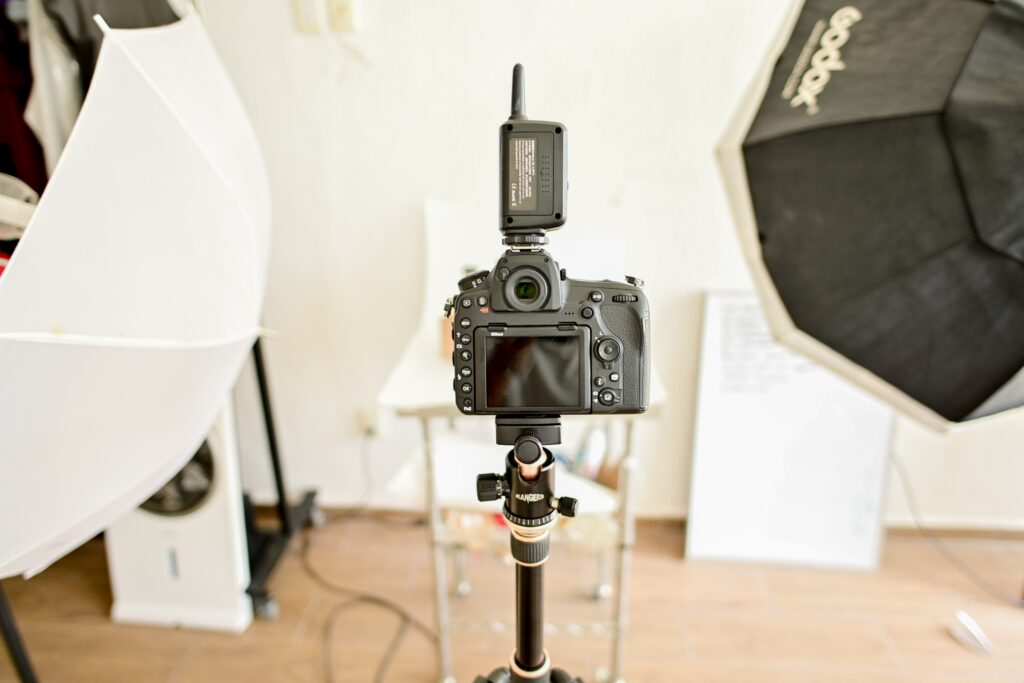
Choosing The Right Medium for Artistic Expression
Analyzing the Key Concept and Photographic Intent:
Understanding the aim and concept behind the shot is the first step in selecting the best medium for photography. Different mediums express different feelings and aesthetics, and matching the medium to the creative vision ensures that the shot delivers the desired message successfully.
Expressing Emotions and Atmosphere Through Medium Choice:
The medium of photography used to offer a tremendous influence on the emotions and mood conveyed in the image. While film photography evokes nostalgia and intimacy, digital technologies provide adaptability and precision. Alternative techniques can provide intrigue and experimentation. Artists may improve the narrative and visual attractiveness of their work by choosing a media that compliments the desired emotional impact.
Significance of Personal Artistic Style and Experimentation:
Photographers might identify their chosen artistic style by experimenting with numerous materials. Trying new techniques opens up new creative avenues and inspires artists to push their limits, resulting in the creation of a unique and apparent distinctive style.
Impact of Medium on Photographic Output
The choice of medium in photography plays a crucial role in shaping the final output and significantly impacts the overall visual experience of the photograph.
- Unique Aesthetics and Visual Characteristics:
Each media has its own unique aesthetic traits. Film photography has a timeless, grainy beauty with deep blacks and delicate highlights, but digital photography has clean, clear photos with exact colour and contrast control. Alternative photographic media such as cyanotype and pinhole photography provide a dreamlike, ethereal feel to the photos, giving them a distinct and aesthetic appeal.
- Differences of Texture, Grain and Resolution Differences:
The roughness and grain of film, the pixel resolution of digital sensors, and the properties of alternative mediums all have an impact on the tactile feel of the image. Digital sensors assure sharpness and clarity, while film grain adds a tactile touch. The degree of detail and texture of a photograph can be influenced by the media used.
- Influence on Color Palette and Tonal Range:
The colour rendering and tone range of photographs are affected by the medium. Colour changes in film photography may be rich and subtle, but digital processing allows for exact colour modification and alterations. Alternative methods can provide diverse tone palettes, adding a sense of individuality to the finished product.
To summarize, the media employed in photography has a significant influence on the final output’s visual aesthetics, texture, resolution, colour palette, and tonal range. Each media has its own expressive potential, giving photographers a broad set of artistic tools with which to produce fascinating and memorable photographs.
The Evolution of Medium in Art Photography
Historical Shift from Film to Digital Revolution:
The growth of art photography has witnessed a dramatic shift from traditional film to digital technology. The introduction of digital technology transformed the business, providing photographers with fast feedback, simple post-processing, and speedy sharing opportunities. This transition was an important turning point in photography, altering the art form’s accessibility and democratization.
Revival of Analog Mediums and Alternative Processes:
Despite digital photography’s dominance, there has been a resurgence of interest in traditional film and alternative techniques. Artists and enthusiasts together are discovering film photography’s distinct aesthetics, tactile sensation, and nostalgic appeal, as well as the experimental and artistic potential of various approaches.
Embracing Hybrid Approaches: Artists have embraced a blend of film and digital technologies as hybrid photography has advanced. Hybrid techniques give photographers the best of both worlds, allowing them to use the features of each medium to produce unique and inventive works of art.
Renowned Photographers and Their Medium Choices
Celebrating Iconic Artists and Their Preferred Mediums: Several well-known photographers have made a distinct impression on the field of art photography by using different mediums. Ansel Adams, known for his spectacular landscape photography, typically employed large-format film to depict nature’s majesty. Cindy Sherman, on the other hand, used digital photography and self-portraiture to investigate identity and gender concerns. Each artist’s preferred media became a vital part of their artistic character, contributing to their work’s long impact.
Notable Art Photographers and Their Influence on Media Diversity: Influential photographers’ decisions have had a significant influence on media diversity in art photography. Sally Mann’s mastery of wet plate collodion photography rekindled interest in ancient methods, whilst Andreas Gursky’s large-scale digital prints demonstrated digital technology’s possibilities in the art world. These photographers have encouraged a new generation of photographers to experiment with other mediums, increasing the variety of styles and approaches in the industry.
How the Medium Choice Shapes the Photographic Story: The medium choice is critical in defining the photographic story. Diane Arbus’ use of black-and-white film gave her portraits a raw intimacy, while Richard Avedon’s mastery of digital post-processing methods elevated his fashion photography to an art form. The media used transmits emotions, defines the tone, and determines the storytelling component of the image, defining the photographer’s vision and the viewer’s experience.
Conclusion
In art photography, the medium plays a key role in determining the visual aesthetics, emotional effect, and story of the shot. From the timeless fascination of film photography to the technological breakthroughs of the digital age and the experimental allure of alternative techniques, each medium provides a distinct set of traits and artistic expression possibilities.
It is crucial for photographers to explore and experiment with different mediums foster artistic innovation and creativity. Thereby understanding the distinct qualities and potential of each medium so that they may open new paths to convey their artistic vision and enrich their body of work.
In art photography, embracing a varied variety of materials leads to a lively and dynamic aesthetic environment. We can appreciate the variety and depth of visual narrative that varied mediums provide by respecting photographers’ artistic choices and unique techniques.
Finally, in art photography, choosing the media is a strong tool for photographers to develop their creative vision and transmit emotions, thoughts, and tales in captivating and different ways. Exploration and acceptance of many mediums enhance the field of art photography and assures its continuous progress and relevance in the ever-changing sphere of visual expression.
